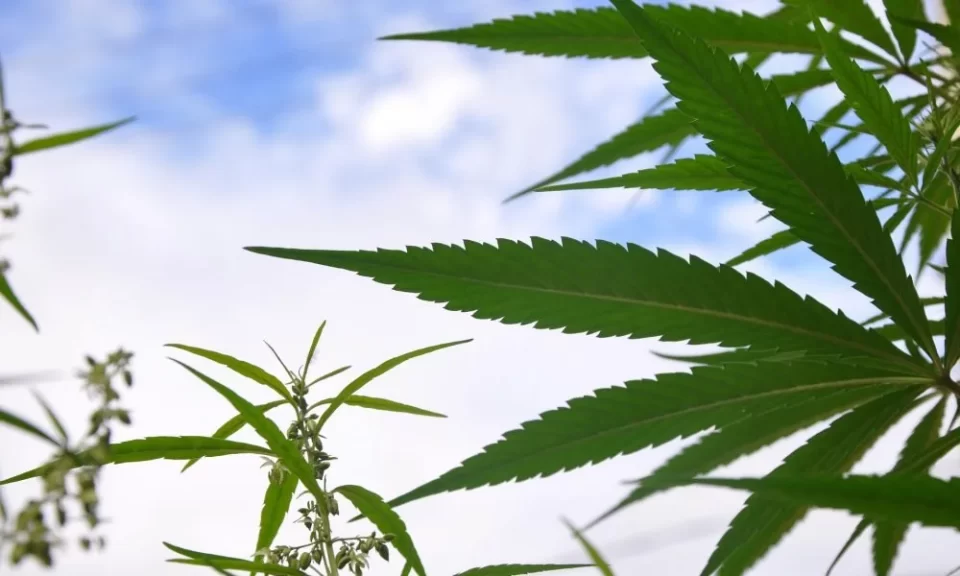Green Maeng Da cultivation starts with experienced farmers in Southeast Asia’s rich tropical climate. These skilled growers work in regions with perfect natural conditions – warm temperatures, high humidity, and fertile soil. Their farming methods combine ancient wisdom with modern techniques to produce high-quality leaves.
Soil preparation
The process begins with careful soil preparation. Farmers enrich their fields with natural compost and organic matter. The soil needs the right balance of nutrients and proper drainage. Testing shows that ideal soil pH levels range between 5.5 and 6.5 for optimal growth.
Selecting the right location
Choosing the perfect growing location is crucial. The trees need filtered sunlight and protection from harsh weather.
- Natural wind barriers
- Good water access
- Proper elevation
- Protected spaces
- Natural shade
Growing environment
The most potent green maeng da kratom comes from trees grown in controlled environments. Farmers maintain specific conditions.
- Temperature – 70-90°F
- Humidity – 70-80%
- Rainfall – Regular but not excessive
- Airflow – Consistent but gentle
Planting techniques
Expert farmers use special planting methods
- Proper spacing between trees
- Correct planting depth
- Support structures when needed
- Companion planting
- Natural pest barriers
Water management
Proper watering is essential for healthy growth
- Morning watering schedule
- Drip irrigation systems
- Rain collection methods
- Moisture monitoring
- Drainage solutions

Natural pest control
Farmers use organic methods to protect plants
- Beneficial insects
- Natural repellents
- Physical barriers
- Companion plants
- Regular monitoring
Pruning methods
Careful pruning helps maintain plant health
- Remove dead leaves
- Shape growing branches
- Control tree height
- Improve air circulation
- Encourage new growth
Harvest timing
Farmers harvest leaves at precise times
- Early morning collection
- Proper leaf maturity
- Seasonal considerations
- Weather monitoring
- Growth cycle tracking
Post-harvest handling
Fresh leaves need careful handling
- Quick processing
- Clean storage areas
- Proper temperature control
- Humidity management
- Quality sorting
Drying process
The drying stage requires careful attention
- Indoor drying rooms
- Temperature control
- Air circulation
- Humidity monitoring
- Time management
Quality control
Strict quality checks ensure excellent results
- Leaf inspection
- Color assessment
- Moisture testing
- Size sorting
- Cleanliness standards
Storage methods
Proper storage preserves leaf quality
- Climate-controlled rooms
- Air-tight containers
- Regular monitoring
- Rotation systems
- Inventory tracking
Seasonal adaptations
Farmers adjust their methods by season
- Rainy season protection
- Dry season irrigation
- Temperature management
- Light control
- Growth monitoring
Training and education
Ongoing learning improves cultivation
- New technique studies
- Weather pattern analysis
- Soil management lessons
- Plant health monitoring
- Quality improvement methods
Community involvement
Local communities support cultivation
- Knowledge sharing
- Resource pooling
- Environmental protection
- Traditional practices
- Modern innovations
Future outlook
The cultivation field continues evolving
- Advanced techniques
- Better understanding
- Improved quality
- Sustainable methods
- Enhanced efficiency
Success measures
Farmers track their success through
- Plant health
- Leaf quality
- Growth rates
- Harvest yields
- Sustainability goals
The dedication of these farmers to their craft shows in every detail of their work. Their careful attention to growing conditions, harvest timing, and processing methods ensures they produce excellent results. Through sustainable practices and continuous improvement, they maintain high standards while protecting their agricultural heritage for future generations.

